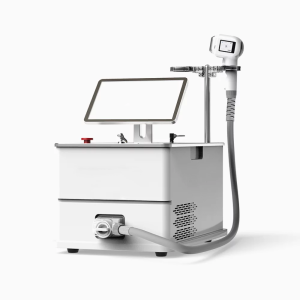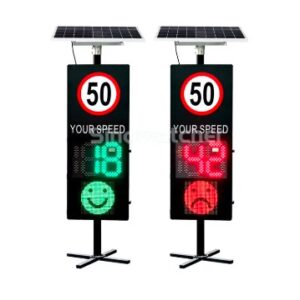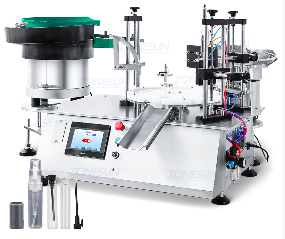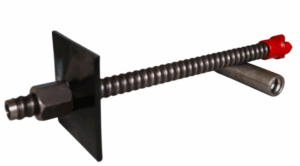Laser equipment is a type of machine that utilizes high-powered lasers to cut, mark, weld, or join various materials. These machines are versatile, and capable of processing metals, plastics, semiconductor wafers, textiles, insulating materials, and more. Unlike plasma cutting systems, laser equipment can cut non-conductive materials such as wood, plastic, and textiles, making them widely applicable across industries.
In addition to basic 2D applications, some laser machines are designed for 3D processing, allowing them to drill, cut, and mark complex parts. In this article, we will explore different types of laser equipment and key factors to consider when choosing the right machine.
Table of Contents
ToggleTypes of Laser Equipment:
- Laser cutting machines
- Laser welding machines
- Laser cleaning machines
- Laser marking machines

Key Considerations for Laser Equipment
Type of Machine
Laser equipment is composed of several components, including a laser source, optics, power supply, and beam delivery subsystems. These machines can vary widely depending on the type of work they are designed for, so it’s essential to determine what type of laser machine fits your requirements.
Specifications
When evaluating laser equipment, it’s crucial to assess the laser’s specifications, including output power, capacity, and speed. Additional factors like material thickness and travel dimensions (X, Y, and Z-axis) should also be considered. Most laser cutting and welding machines utilize CO2 or diode lasers for their operations.
Features
Many modern laser machines come with CNC controllers, allowing for precise adjustments to speed, travel position, and beam delivery. Some machines are fully automated and can be programmed through a computer interface, while others may require manual or semi-automatic setup.
Benefits
Laser machines offer numerous advantages, such as high precision, speed, and efficiency. In addition to being versatile across various materials, they tend to be energy-efficient and offer long service life with proper maintenance. Regular upkeep is necessary to ensure optimal performance.
Overview of Laser Equipment
Laser Cutting Machines
Laser cutting machines are computer-controlled tools used to slice through flat materials. These machines are commonly used for cutting wood, plastic, and metal. Low-powered cutters handle thin materials like plastics and paper, while higher-powered machines can cut through thick metal. They are highly versatile and frequently used in both prototyping and large-scale manufacturing.
Laser Welding Machines
Laser welding is a contactless process ideal for joining metal parts with high accuracy and speed. These machines are widely used in sectors such as electronics, automotive, and medical industries. Depending on the material, you can choose between pulsed or continuous laser welding, with manual, automatic, or semi-automatic configurations available. Laser welding offers flexibility, precision, and the ability to be digitally commanded for intricate tasks.
Laser Cleaning Machines
Laser cleaning machines use pulsed lasers to remove unwanted substances like rust, paint, oil, or dirt from surfaces. These machines have gained popularity in industries requiring precise cleaning with minimal maintenance costs. They are suitable for applications involving surface preparation and restoration.
Laser Marking Machines
Laser marking involves using a laser beam to engrave or mark a surface permanently. The process can include engraving, etching, or annealing, depending on the material and desired finish. When selecting a laser marking machine, it’s important to consider the workload, surface material, and operating conditions to ensure the best fit for your application.
These laser machines represent a range of equipment that can enhance productivity and precision across various industries. Whether you’re looking for cutting, welding, cleaning, or marking solutions, laser technology provides efficient, high-quality results suitable for different materials and production scales.
For more detailed information on choosing the right laser equipment, consider the specific application, material, and operational needs to make the most informed decision.
0




